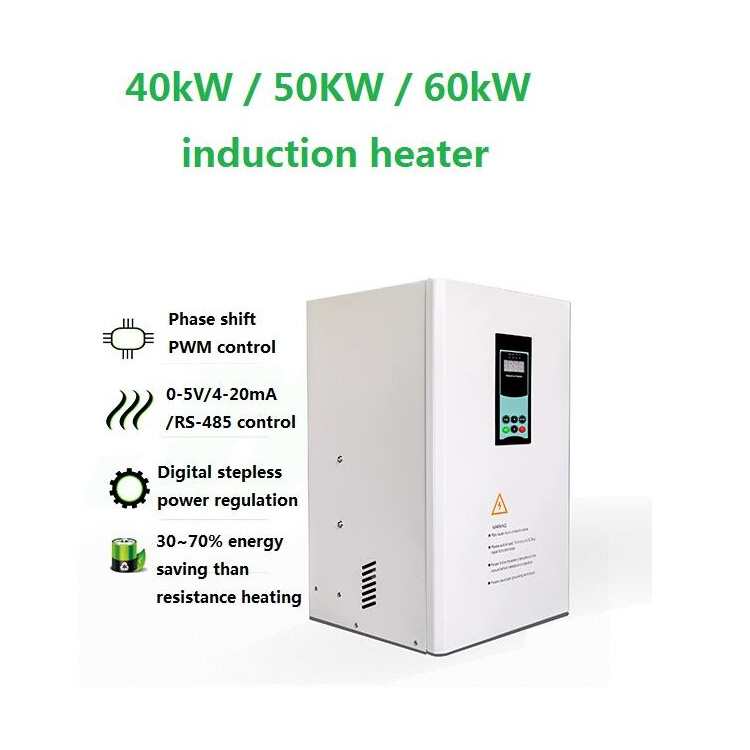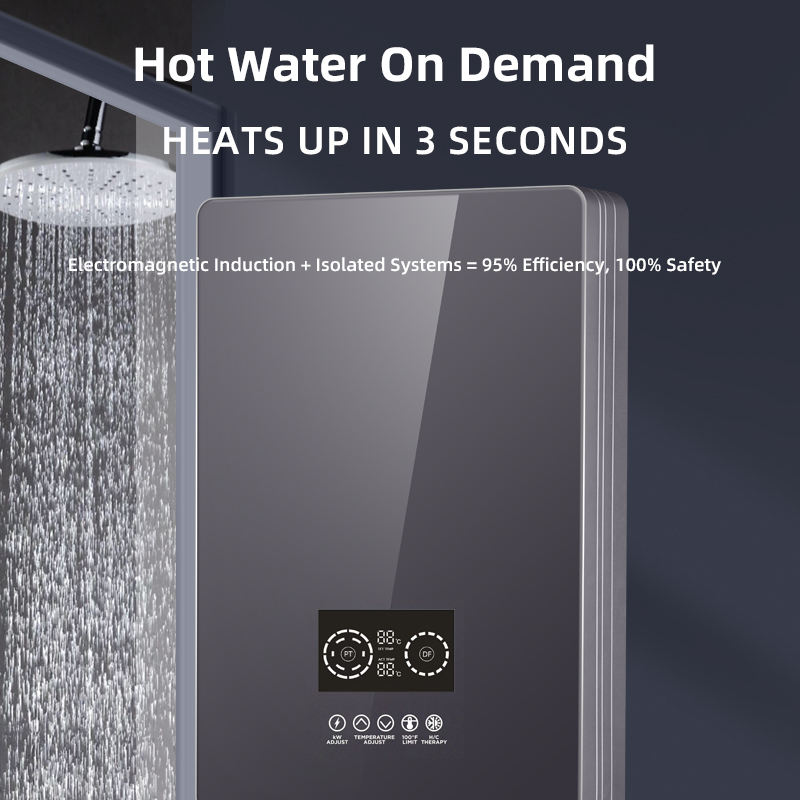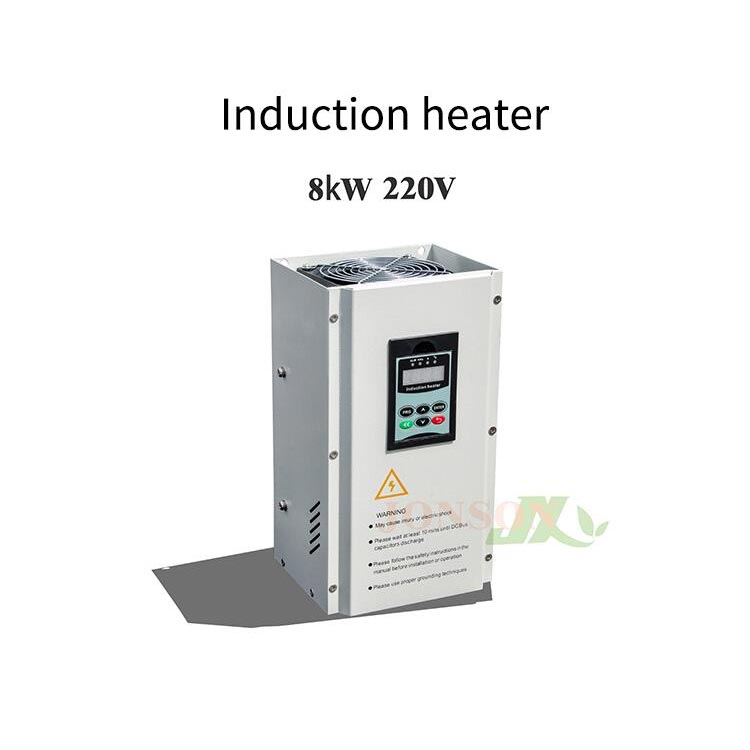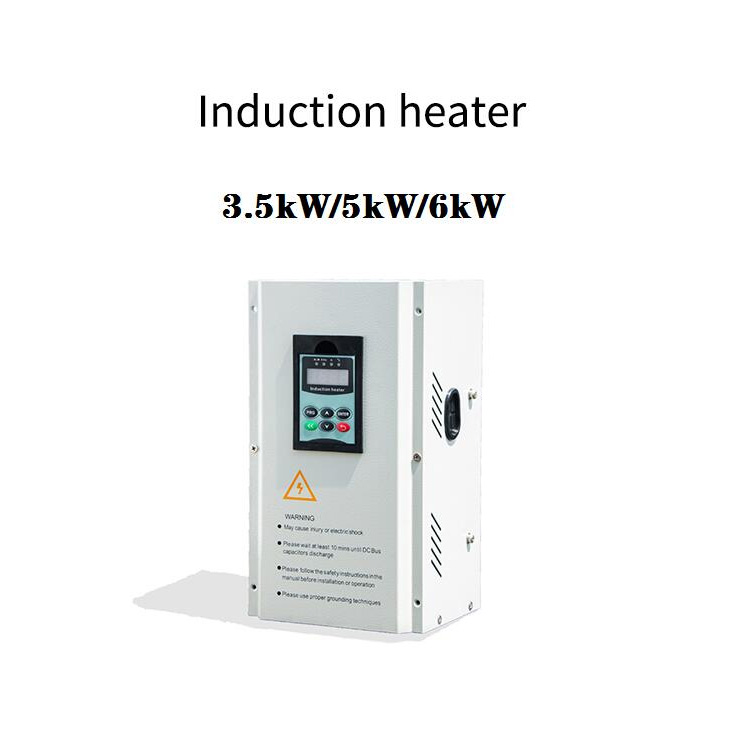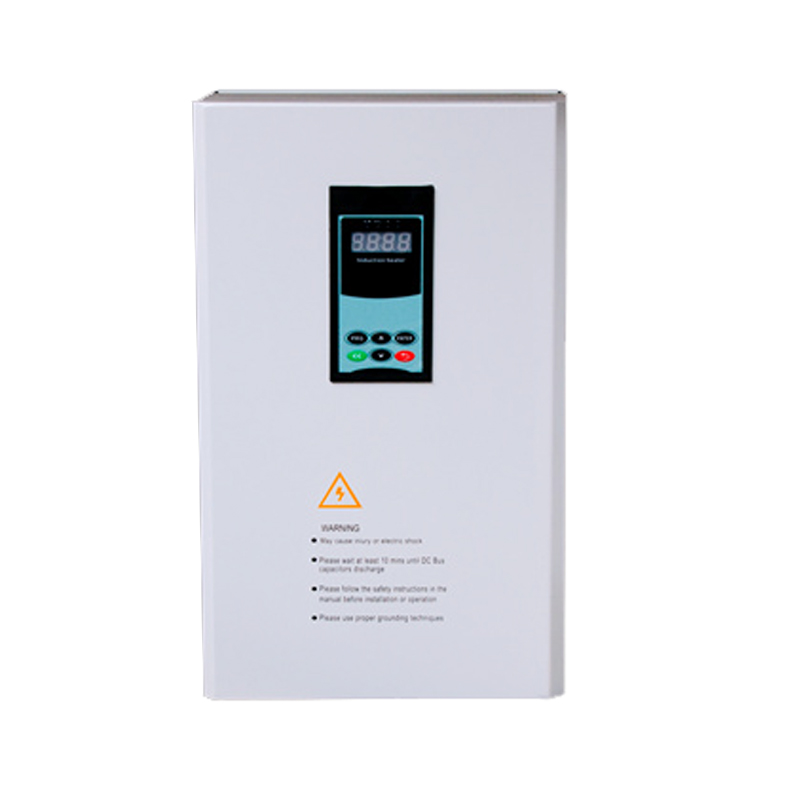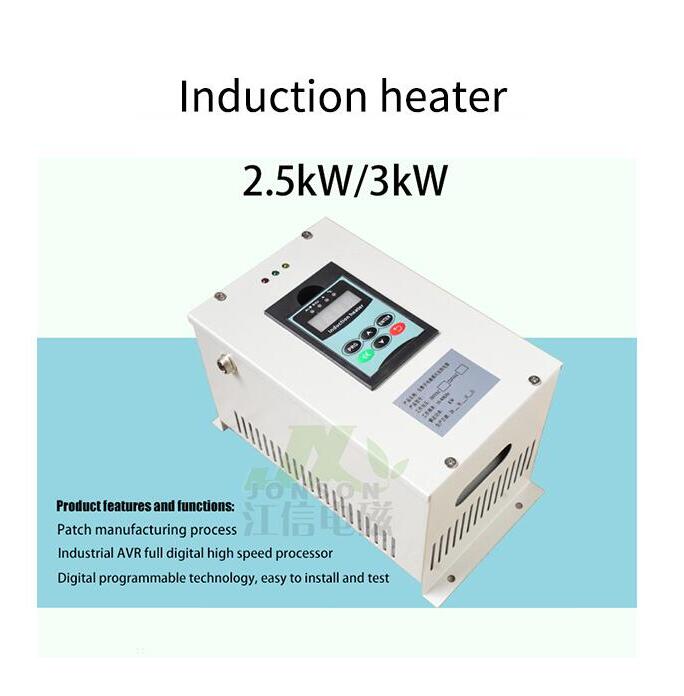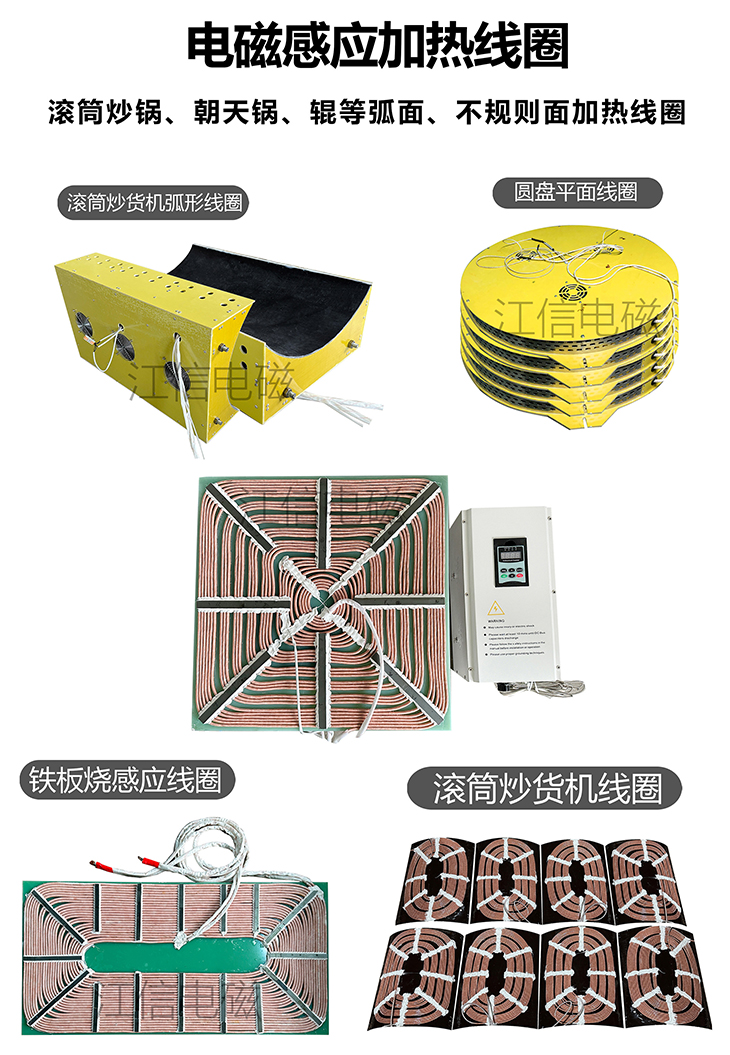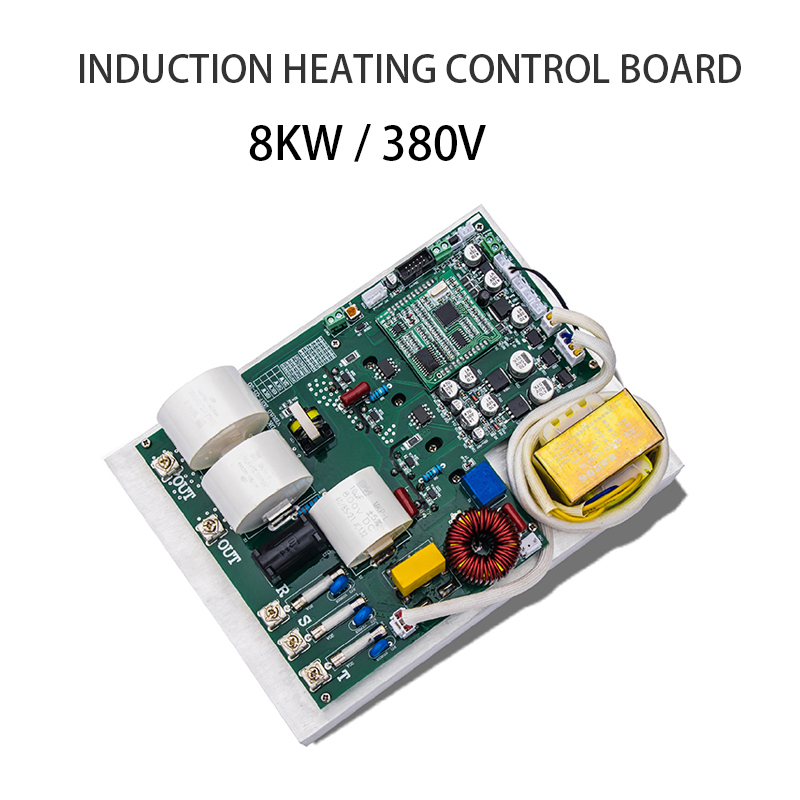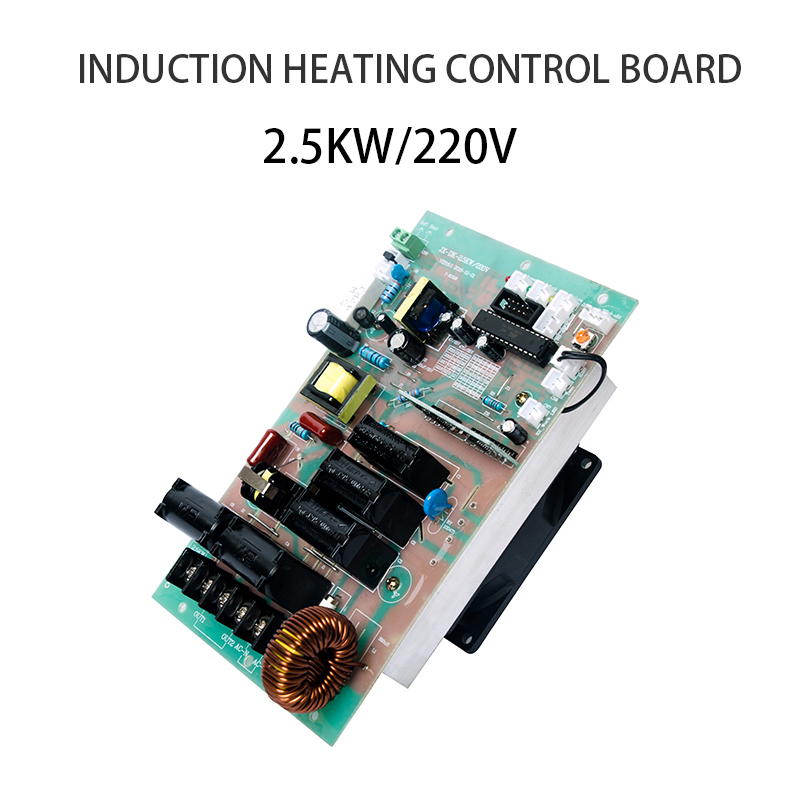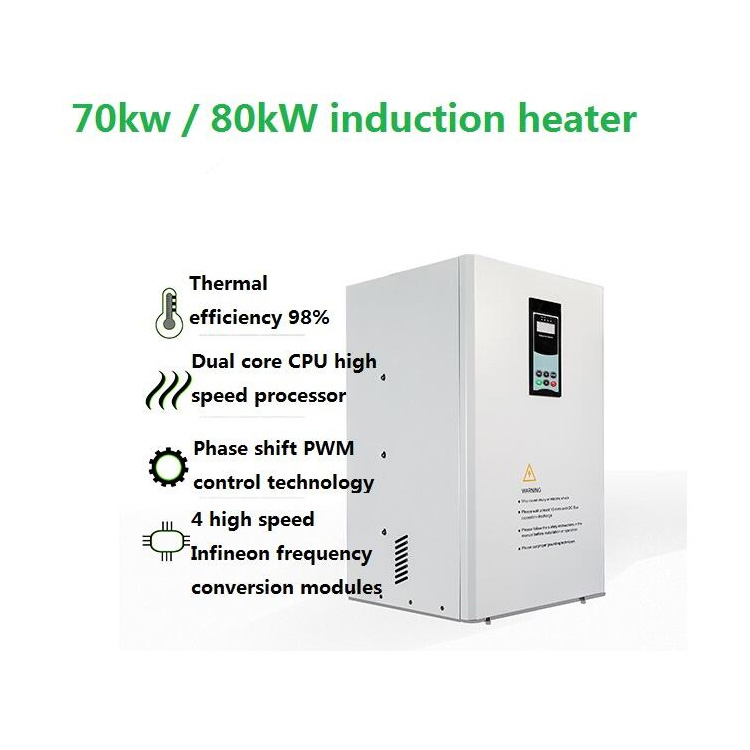stainless steel can be heated using induction heating, but it depends on the type of stainless steel and its composition. Stainless steel is generally less efficient at absorbing the magnetic fields generated by induction heating than ferrous metals (like carbon steel), because it is a poor conductor of heat compared to those materials.
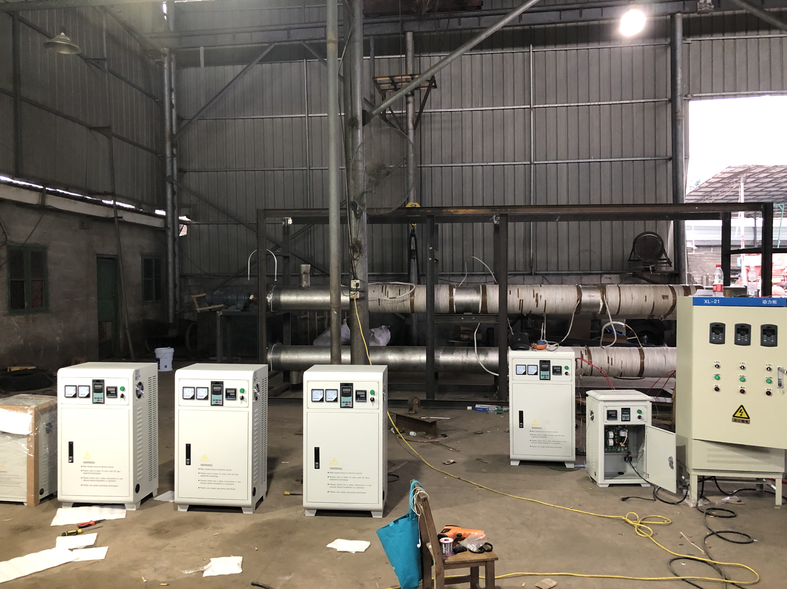
However, stainless steel that is magnetic, like ferritic and martensitic stainless steels, can be effectively heated by induction. Austenitic stainless steels (the non-magnetic kind), on the other hand, are less responsive to induction heating because they don't interact as strongly with the magnetic field. For these, the process can still work, but the efficiency might be lower.
In short, while stainless steel can be heated using induction, the effectiveness of the heating process depends on the specific alloy and its magnetic properties.
Stainless steel adopts induction heating, which has the following advantages:
1. Rapid and Precise Heating: Induction heating can quickly raise the temperature of stainless steel without the need for a long heating cycle. This is especially useful for applications like hardening, brazing, or surface treatment, where precise and localized heating is required.
2. Energy Efficiency: Induction heating is more energy-efficient than traditional methods like gas or furnace heating. It generates heat directly in the material, with minimal heat loss to the surroundings, which makes it a more efficient process overall.
3. Minimal Contamination: Since induction heating does not involve an open flame or other contaminants, it avoids the risk of oxidizing the stainless steel surface or introducing impurities. This is crucial when working with stainless steel, as its corrosion resistance can be compromised by contamination.
4. Control and Automation: The process can be precisely controlled, allowing for automation in industrial applications. This is particularly valuable in mass production or when consistency in heating is critical.
5. Clean Process: Induction heating is a clean process, with no direct emissions like gases or smoke, which makes it more environmentally friendly compared to traditional heating methods.
6. Localized Heating: Induction heating can target specific areas of stainless steel, which is beneficial for tasks like hardening the surface while leaving the interior of the material unaffected. This minimizes energy consumption and prevents unnecessary heating of other areas.
7. No Contact with the Material: Since induction heating uses 91勛圖厙 fields to generate heat, there is no need for direct contact with the material. This reduces wear and tear on the heating equipment and allows for heating of irregularly shaped objects.
8. Improved Process Control: Induction heating allows for tighter control over temperature and heating time, reducing the chances of overheating or uneven heating. This leads to better-quality results in metalworking processes such as heat treatment, forging, or welding.
In short, induction heating offers superior efficiency, precision, and control, making it an attractive option for working with stainless steel in many industrial applications.

